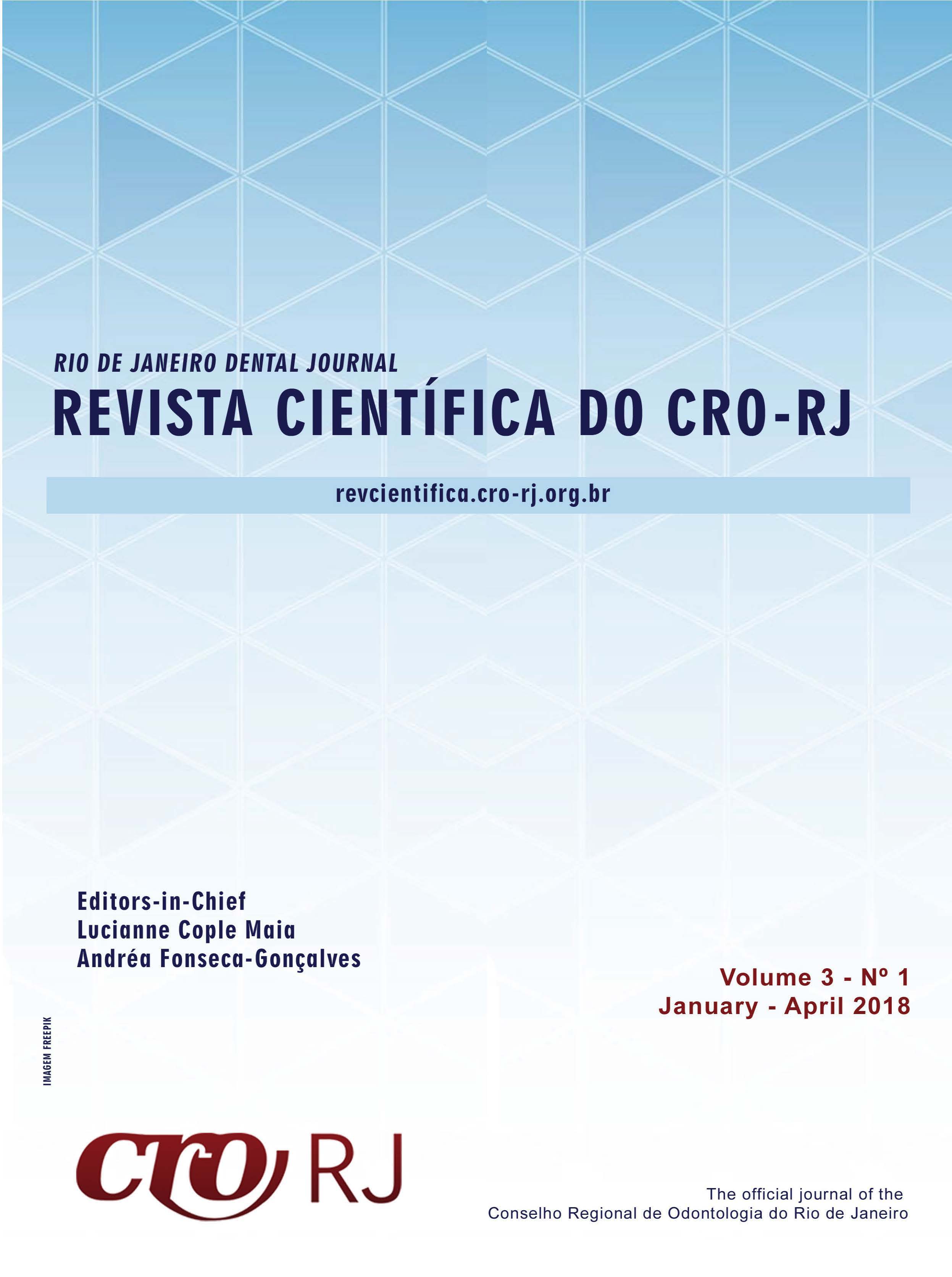Oral Health and Dental Care Related to Diabetes Status in Young Children
Oral Health and Dental Care Related to Diabetes Status in Young Children
Palavras-chave:
children type 1 diabetes, oral hygiene, dental caries, oral manifestation, diabetes statusResumo
Objectives: This study compares the oral health, dietary and oral hygiene habits and dental care experience of children with type 1 diabetes (DG) to healthy ones (HG) under six years old. Methods: The children were chosen matched by gender and age in each group. Diabetes status from DG was determined using HbA1c criteria levels: <8.5% (69 mmol/mol) was considered controlled and >8.5% uncontrolled. Guardians were asked about oral hygiene, dietary habits and dental care experience. Oral examination was performed in order to assess dental caries (dmft), plaque and calculus indexes, as well as oral manifestations in soft tissues. Data were described and analyzed by SPSS 20.0 software through Chi-square and T-tests. Results: A total of 68 children were enrolled in this study. Children with diabetes differed from healthy ones in relation to geographic tongue, breath acetone and xerostomia (p<0.05). Only 23% (n=7) of DG were considered as presenting uncontrolled diabetes status. Statistical differences between controlled and uncontrolled diabetic status were observed among children, such as age at diagnosis, disease duration, sugar consumption, dental visits, type of experience during dental appointment, presence of geographic tongue, dental caries, reported breath acetone and xerostomia (p<0.05). Toothache was the main reason that DG children had been to a dentist before.
Conclusions: Oral health and dietary habits of children with diabetes differed from healthy ones. Most children with diabetes had never been to a dentist before. Oral manifestation and oral habits diverged from children uncontrolled and controlled diabetes.


